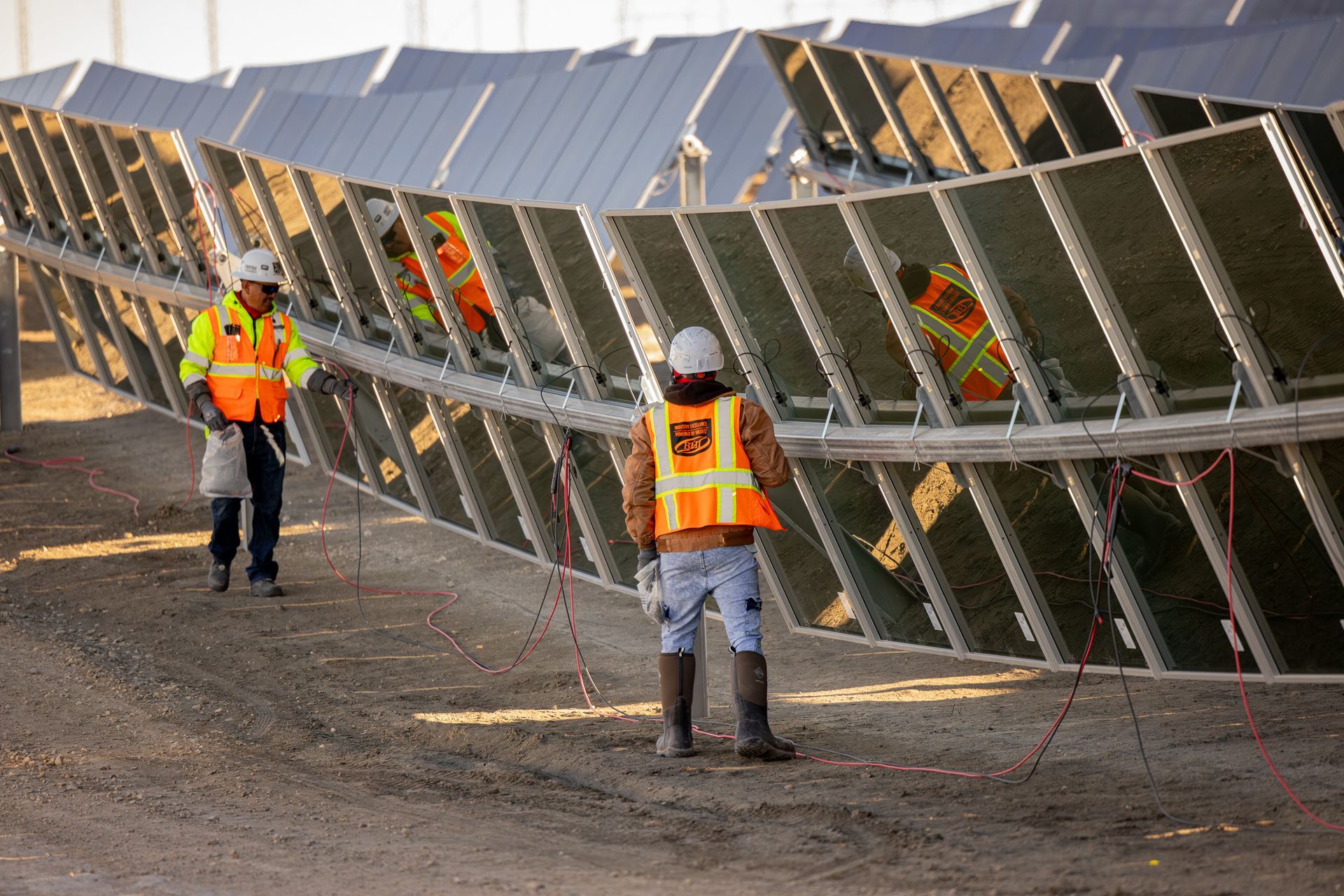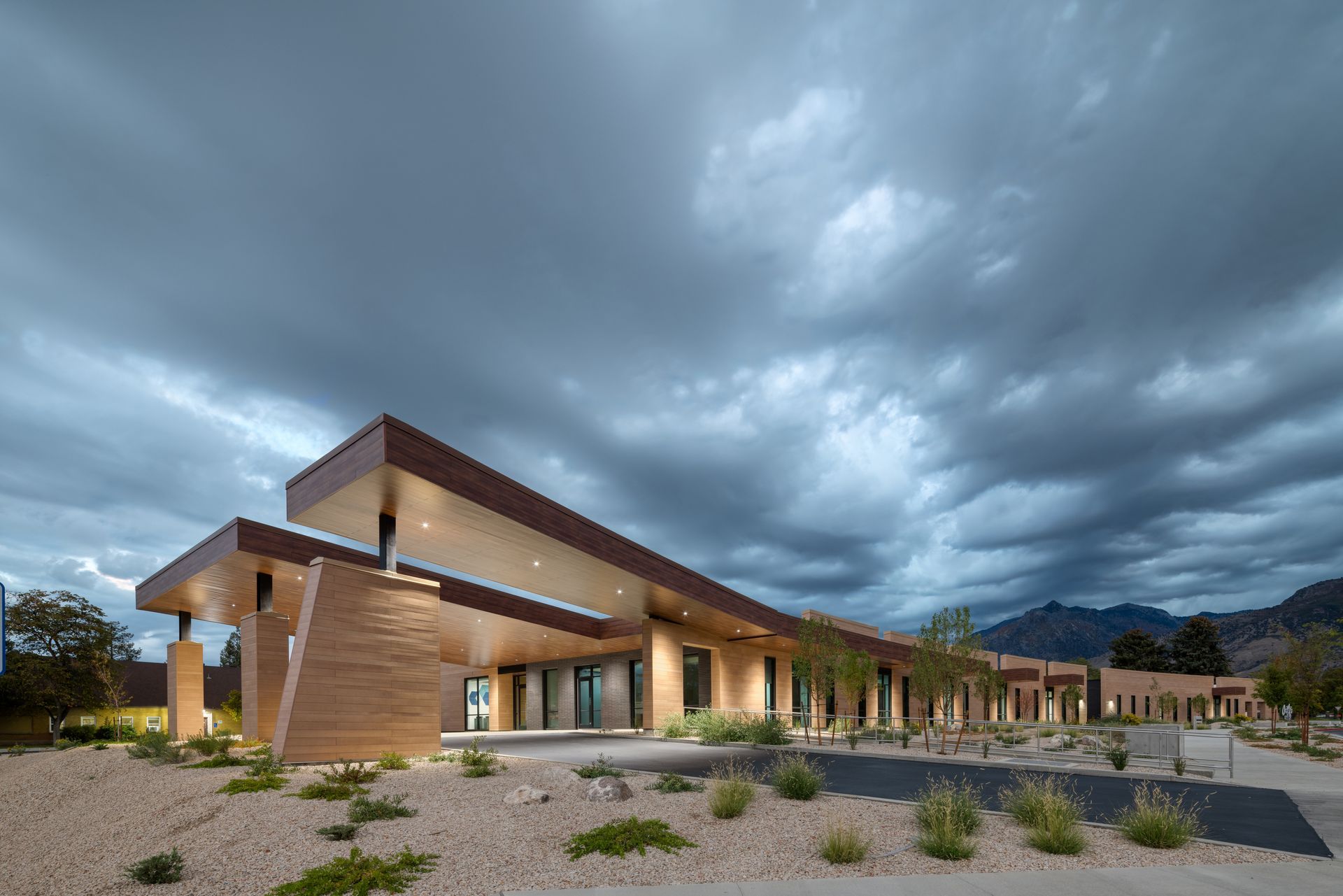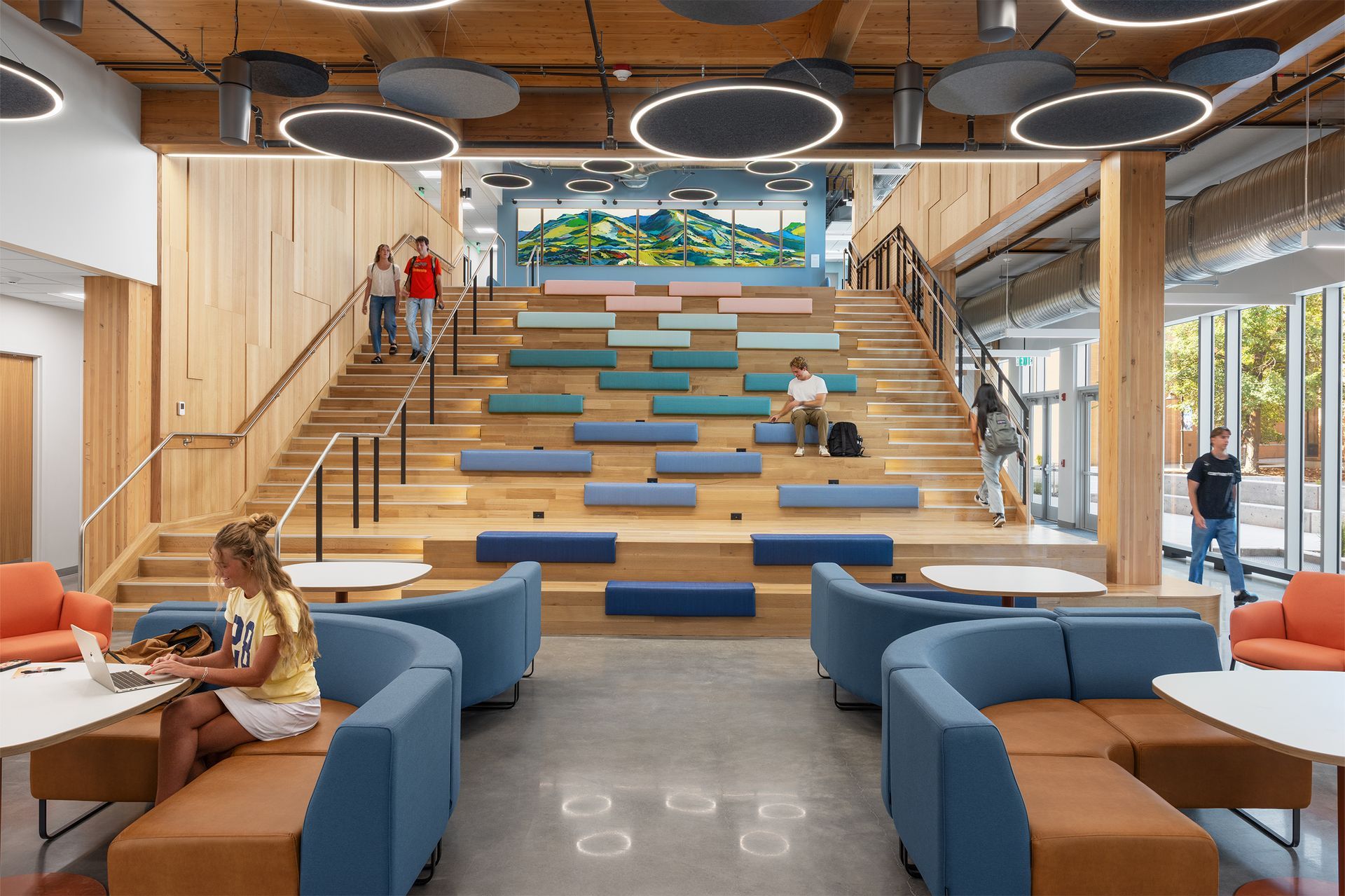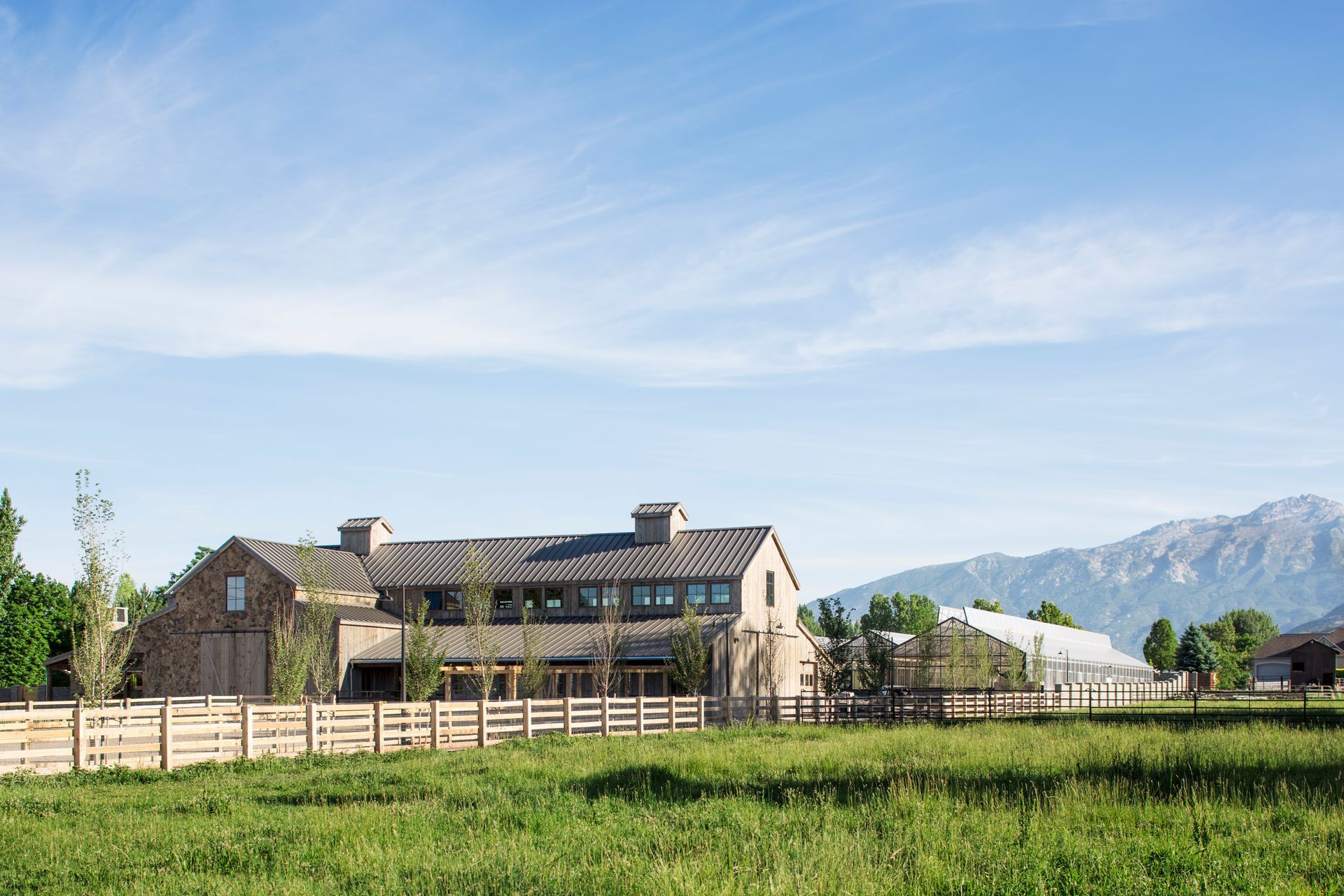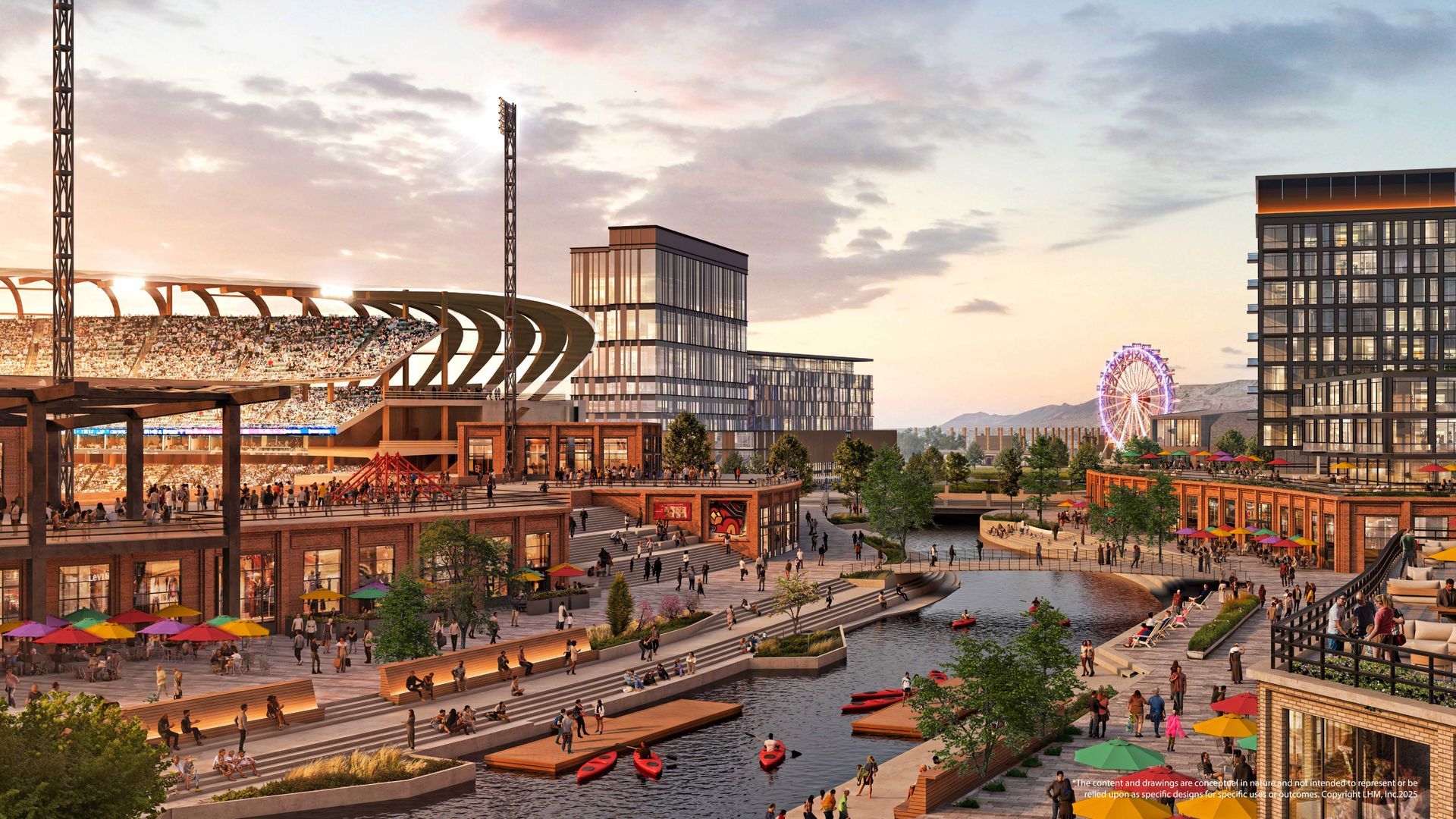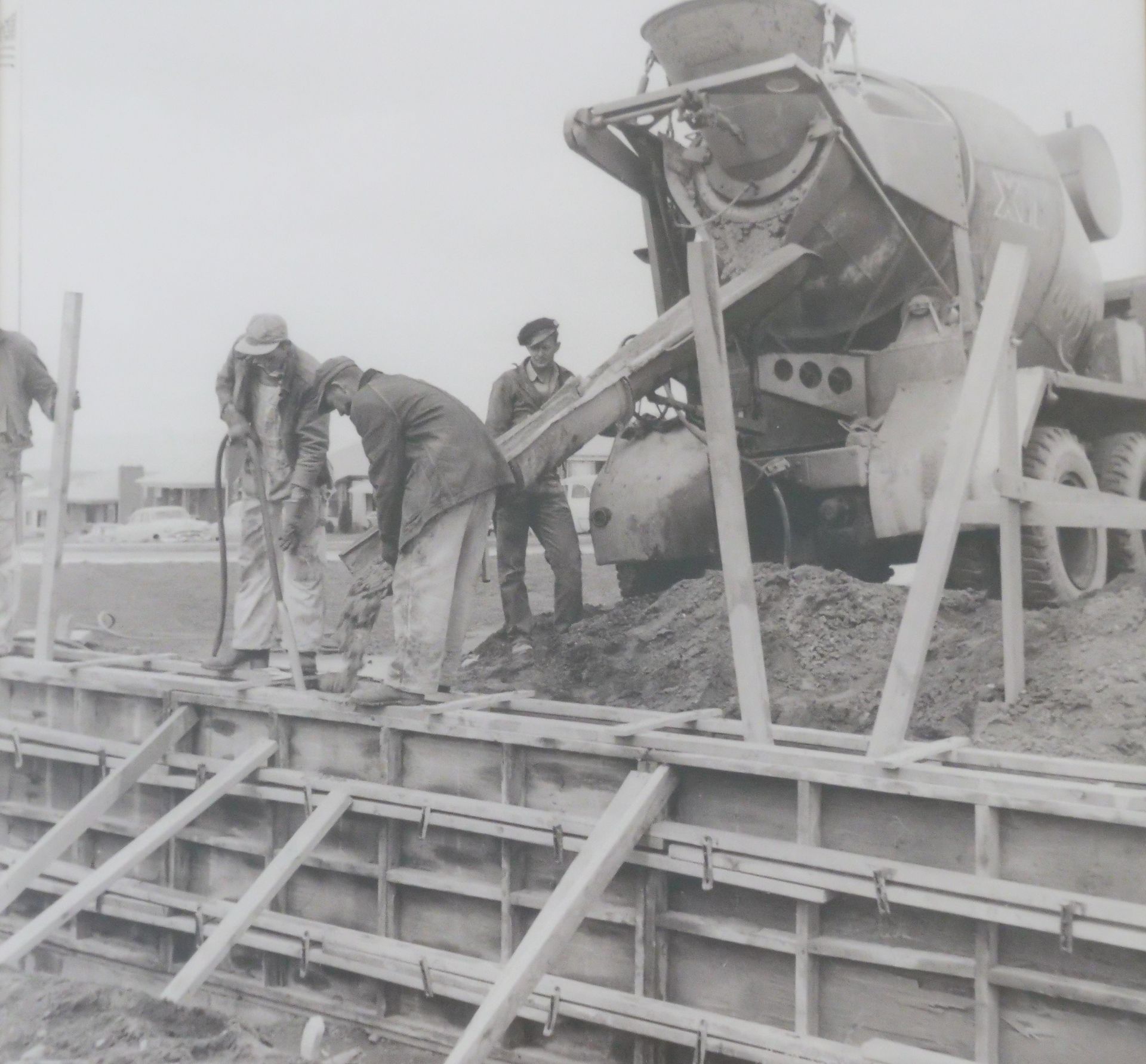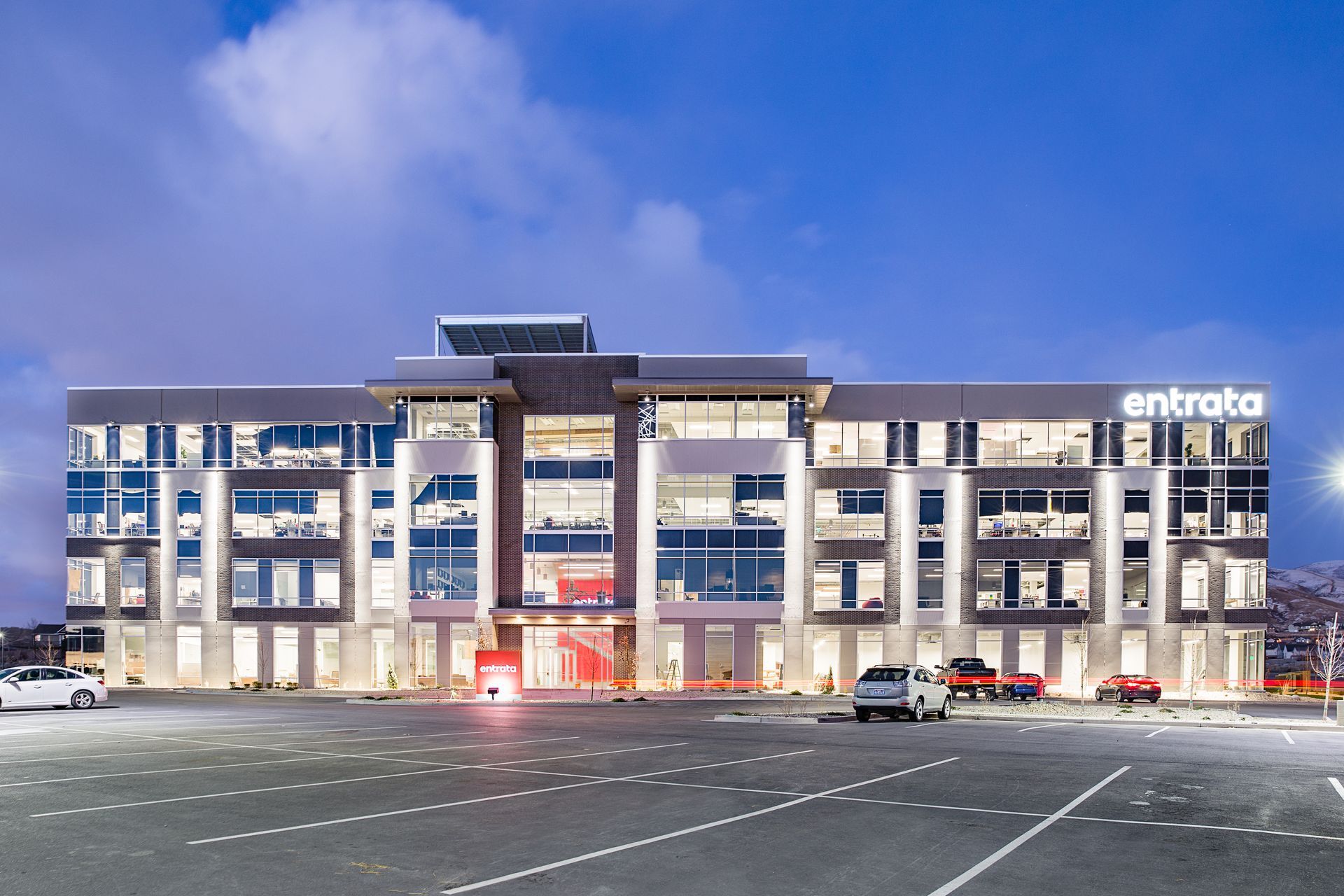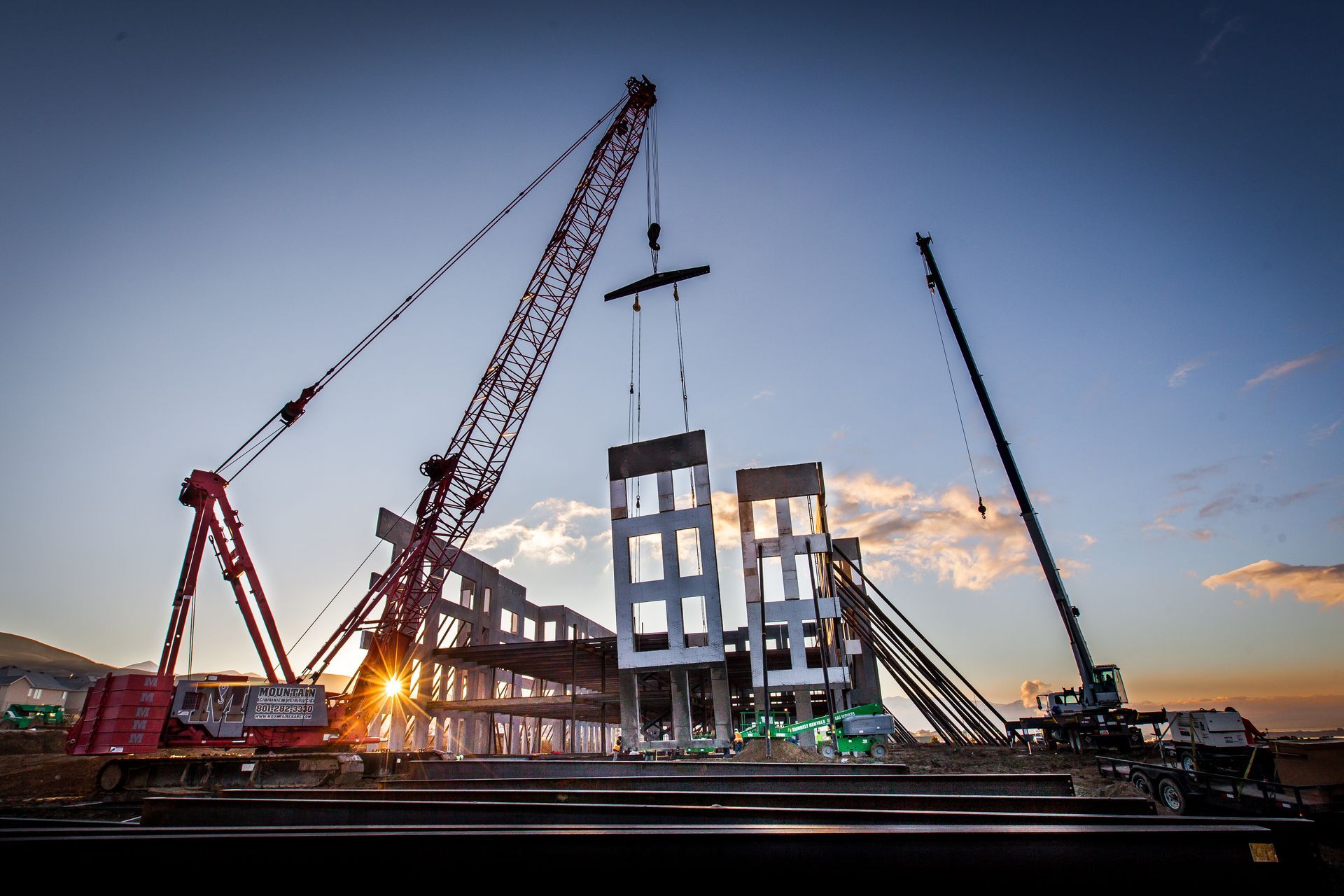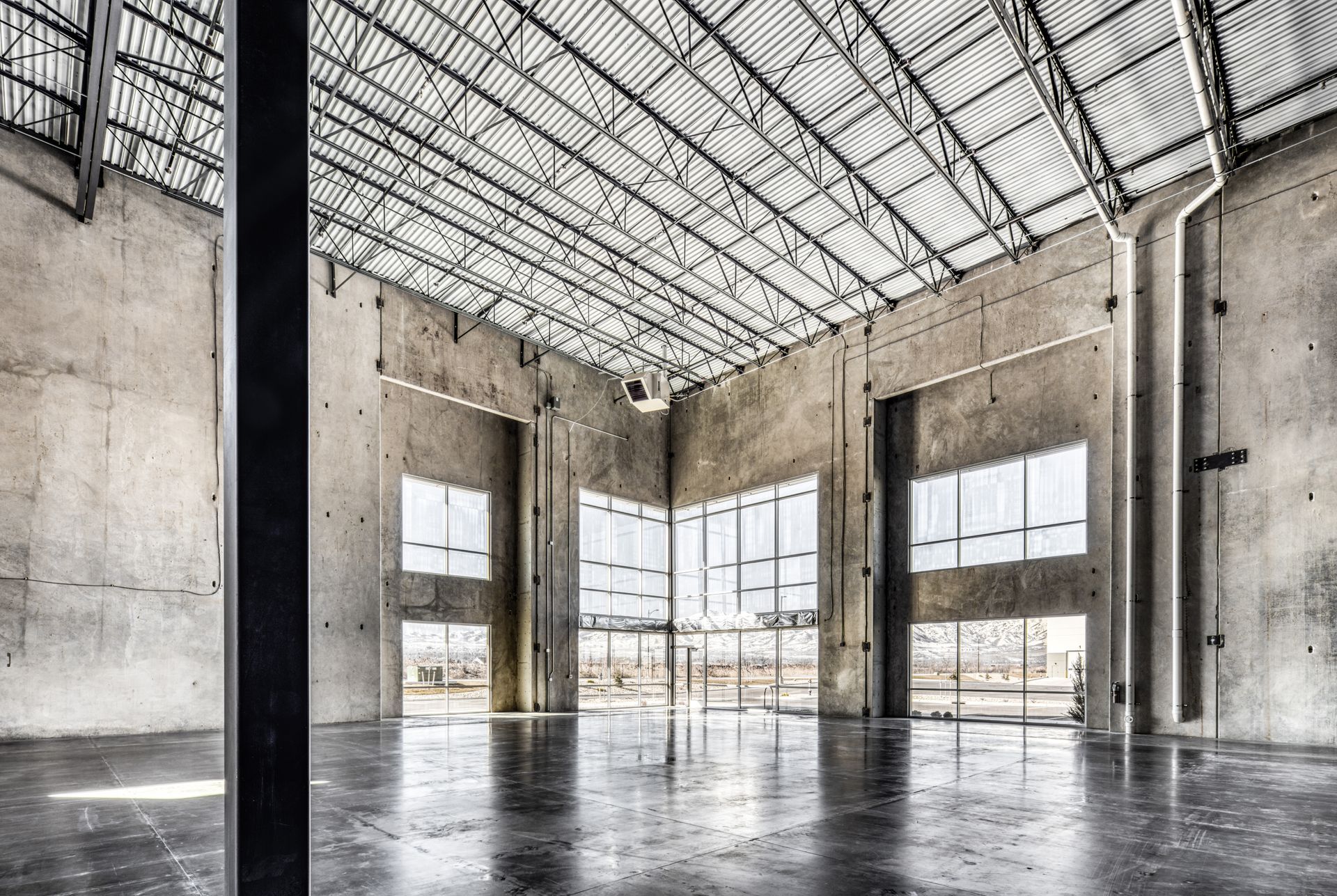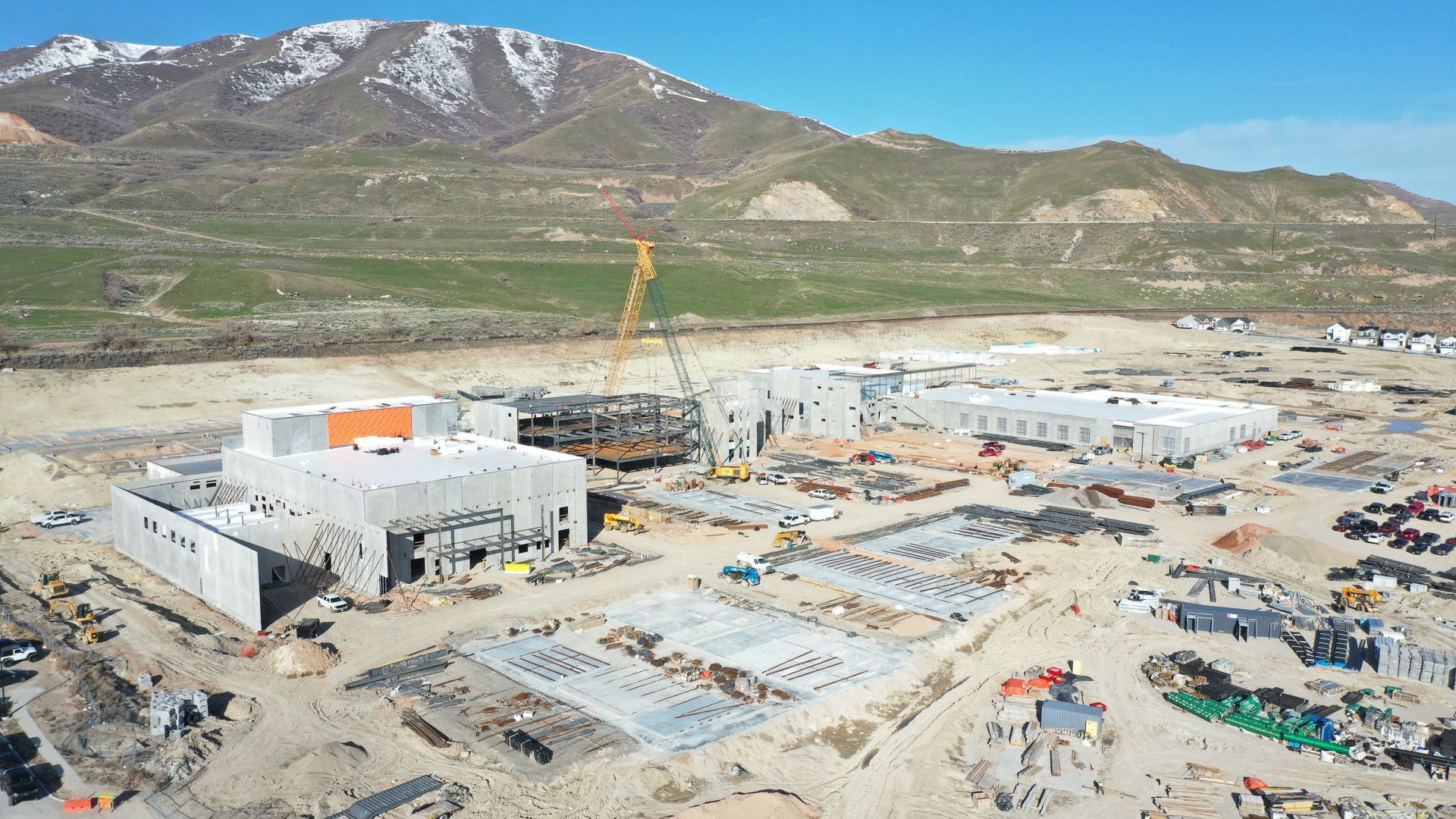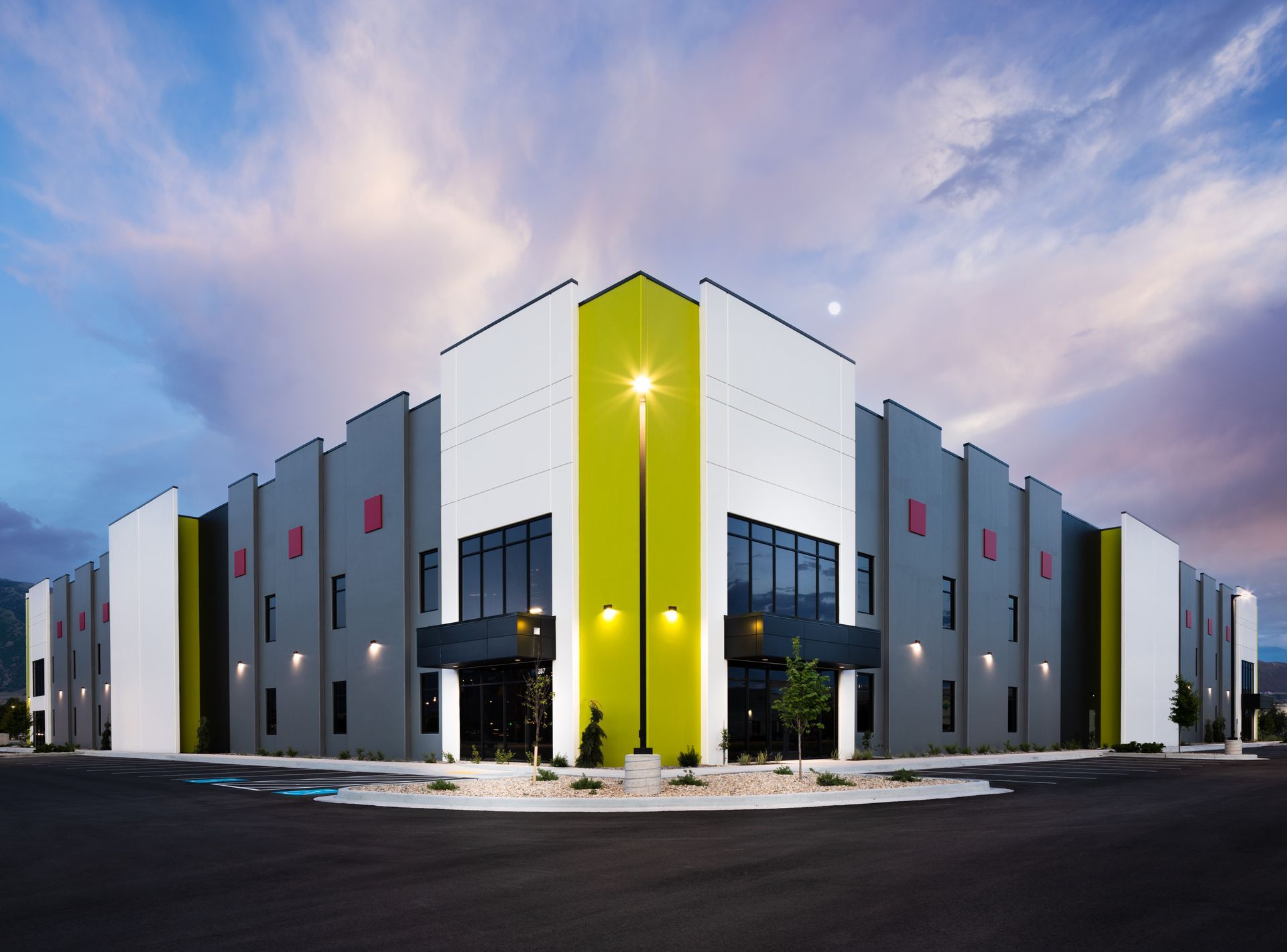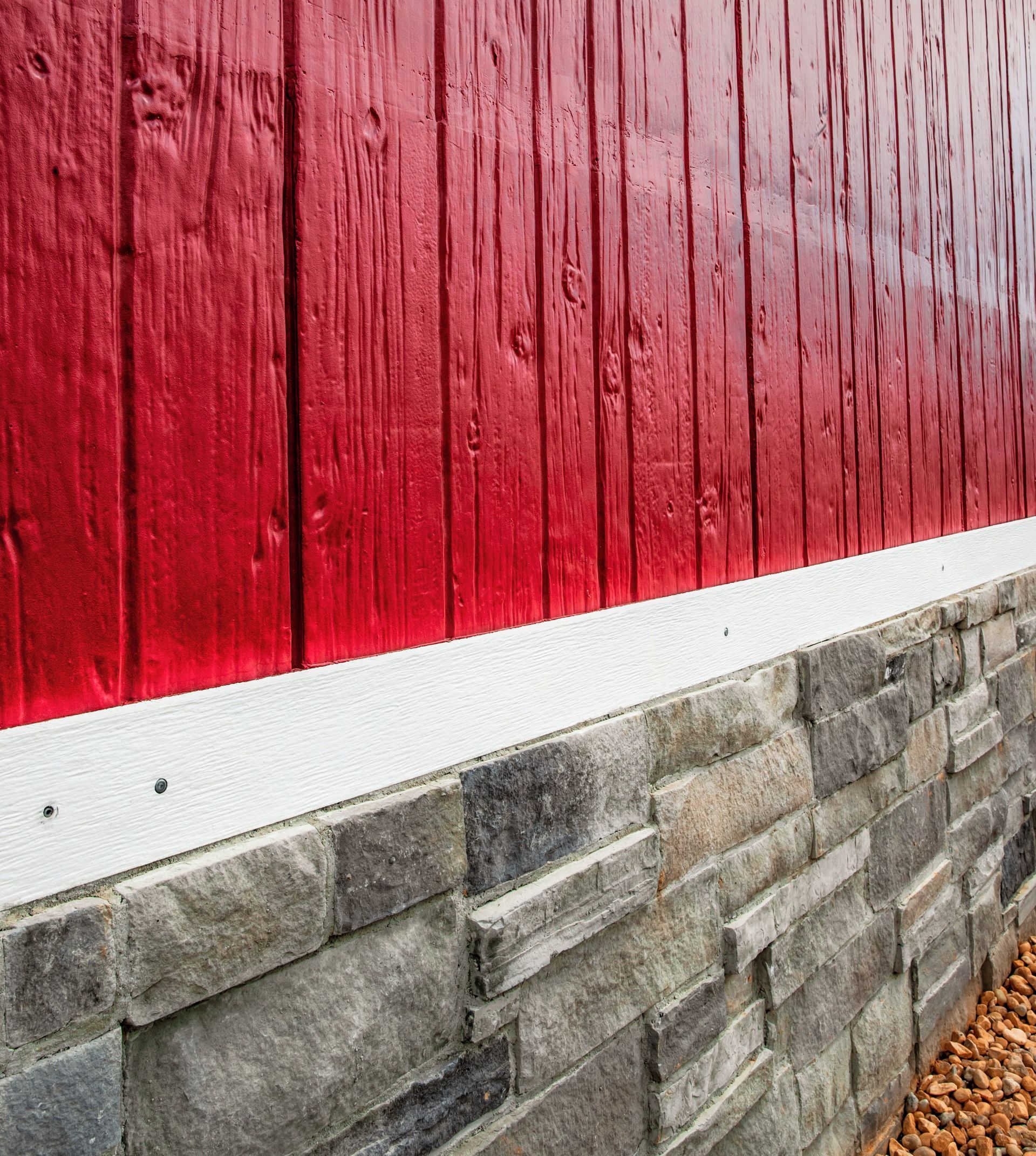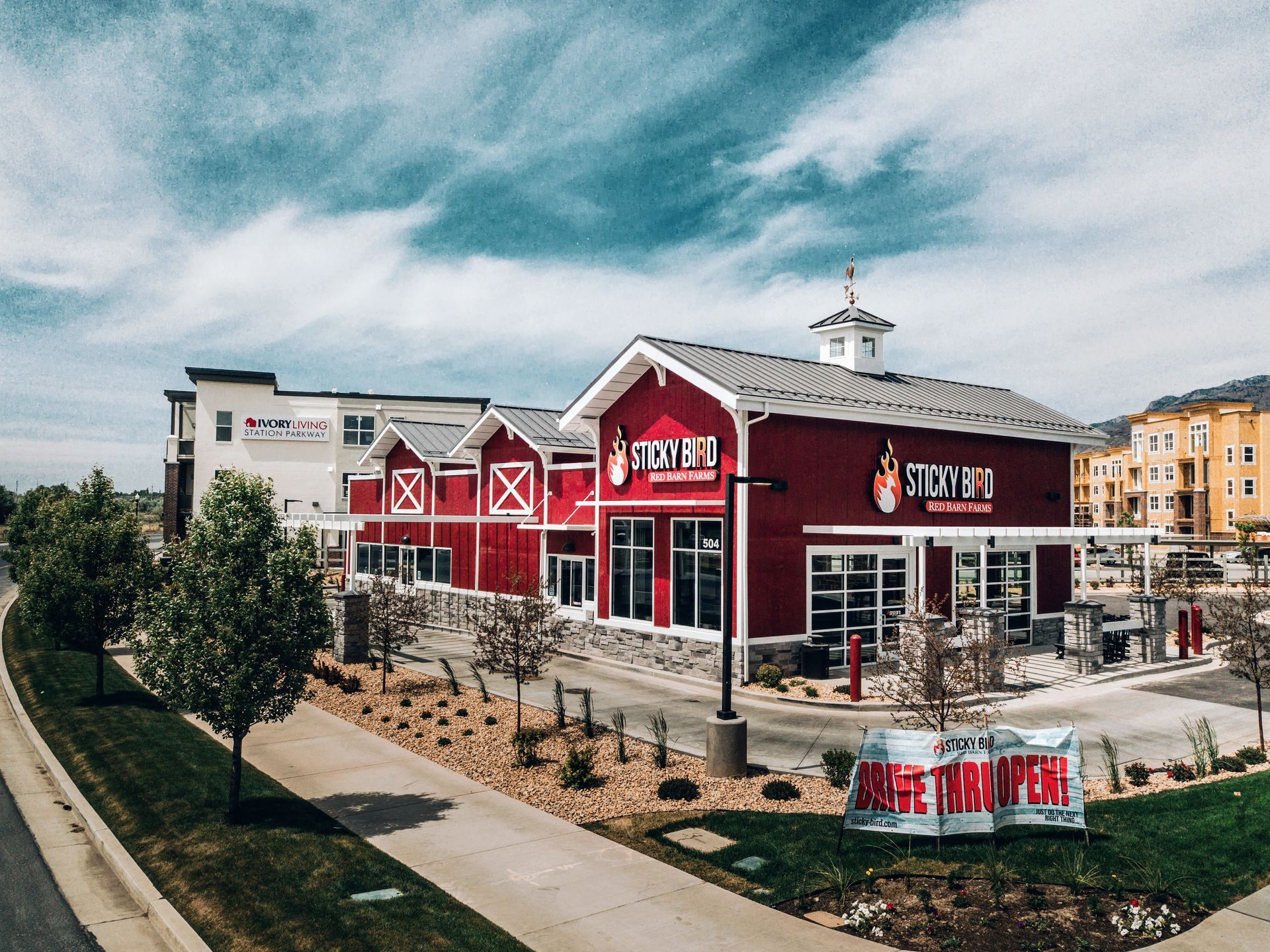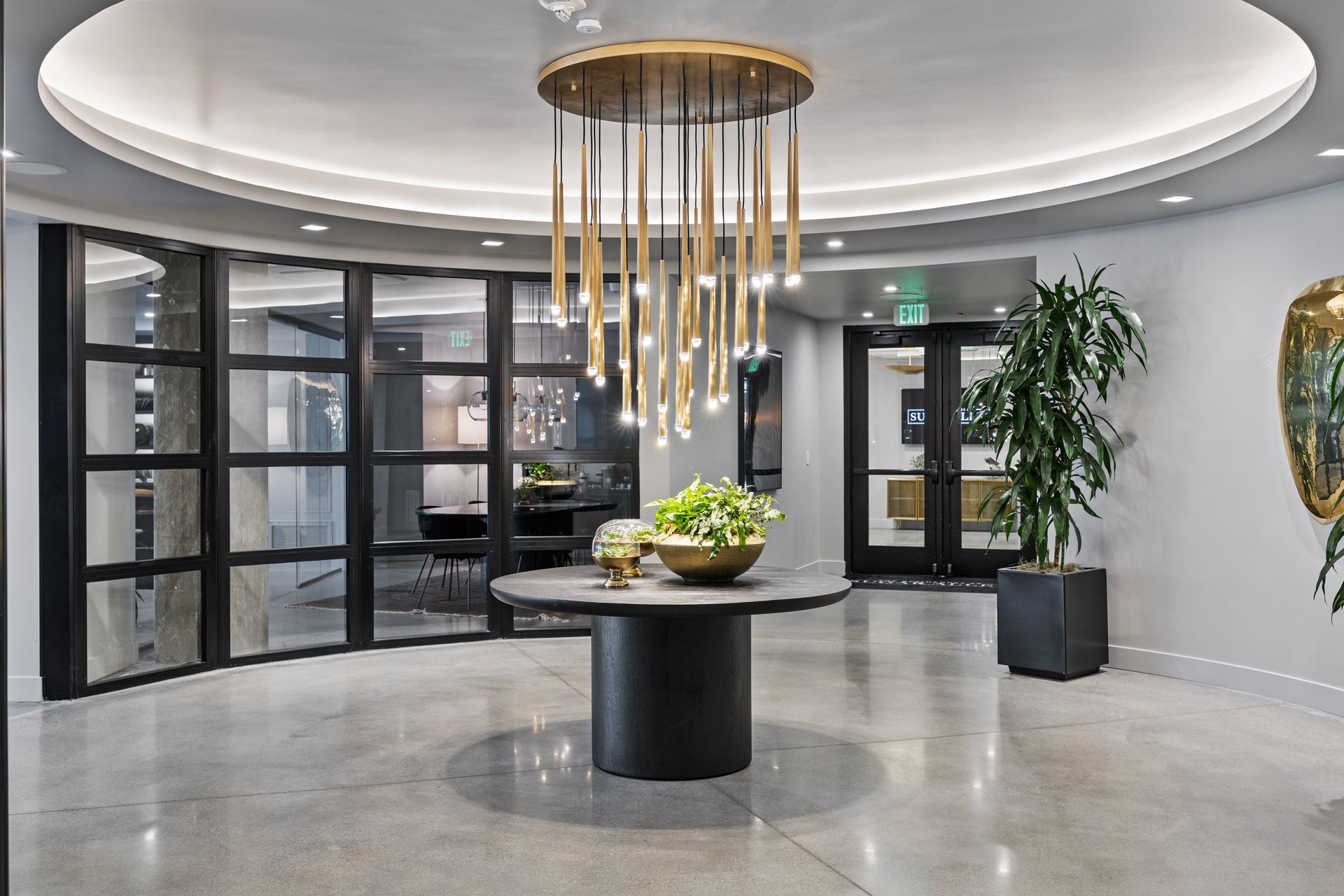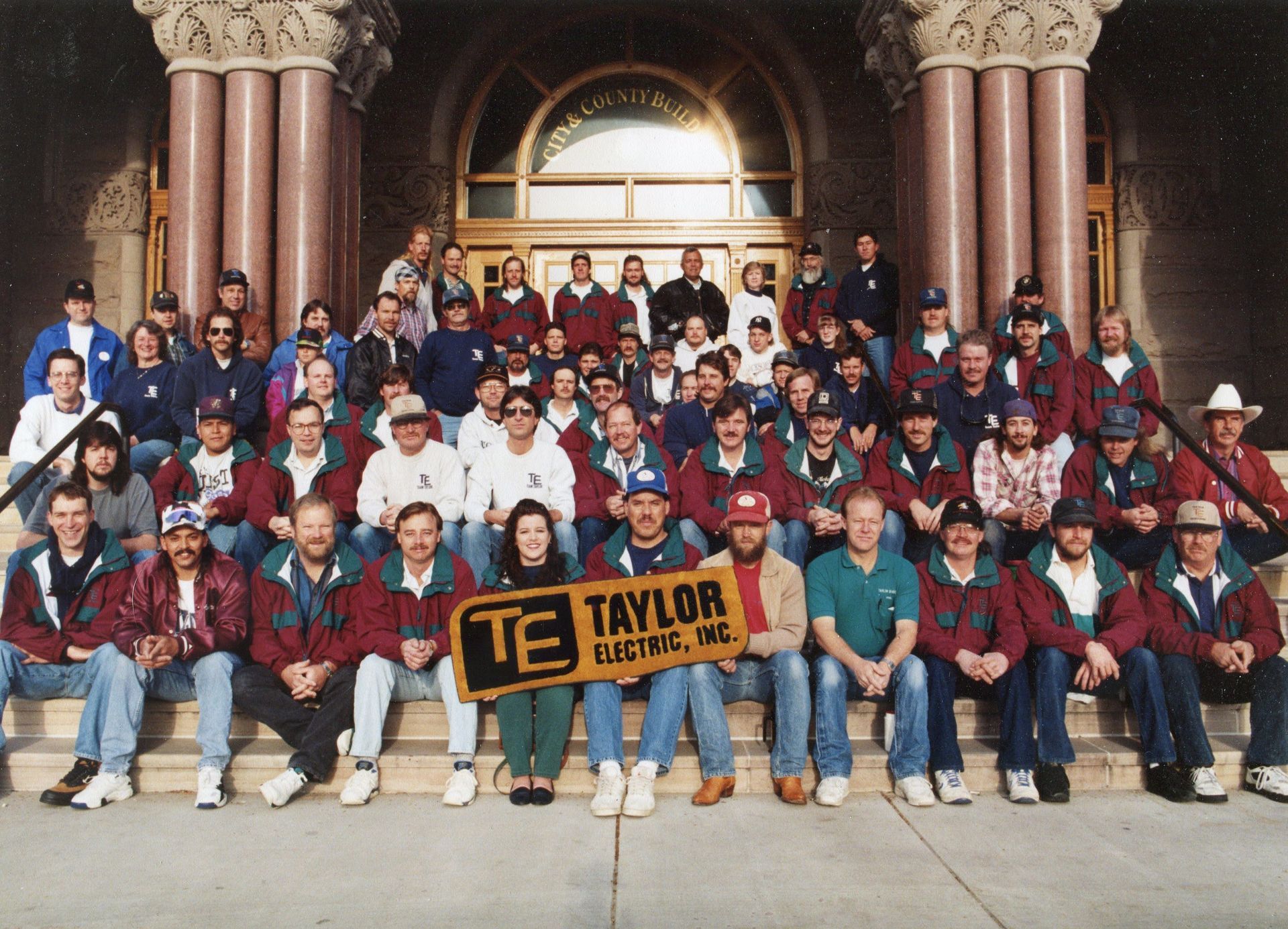Tilt-up concrete is making a lasting mark in multiple sectors due to its many benefits. By Taylor Larsen
The Entrata headquarters in Lehi, shows the efficiency and durability of tilt-up concrete. At 106,000 SF, the headquarters debuted in 2017 as the first four-story building constructed using tilt-up concrete in the state. (photo courtesy AE Urbia)
Tilt-up demonstrates itself as a robust construction option for industrial use in the development of 201 Mountain View Park in West Valley City. Completed in November 2020, the project consists of four warehouses and is nearly 730,000 SF. (interior photo courtesy Alan Blakely Photography)
Schools Get Savvy
Warehouses may have differing needs from schools, but ask teachers or building maintenance staff about the wear and tear that students can incur on a building; material longevity is a must-have in K-12. Tilt-up concrete’s extensive design life, easily exceeding the half-century mark in many cases, is a selling point.
With Utah voters being more reluctant to pass the bond measures for new schools, architects, builders, and districts must look for every way to move forward on a design that can minimize the effects of rising construction and materials costs and is built to maximize maintenance savings.
Cyprus High School in Magna utilizes tilt-up and fits the school district’s needs like a glove, according to Philip Wentworth, Vice President at Salt Lake-based NWL Architects and design team member on the project.
“We have been using this method of construction for more than 20 years in the K-12 market, and we feel this will continue to be used [with] construction time and durability of buildings are at top of mind for many districts,” Wentworth said.
Wentworth noted that the speed of construction for a highly durable, 500,000-SF school that rises between three and four stories was only possible through tilt-up concrete.
Tilt-up’s method can shore up the number of trades necessary to get a building from start to finish, all while delivering top-notch fire ratings, insulation, and waterproofing—and at a lightning-fast quip at that. All those benefits go toward stabilizing construction costs and shaving off months of construction time compared to other methods.
“While other methods of construction may have allowed parts of the structure to be up somewhat earlier,” he said of those schools, “those systems would likely not have the durability that tilt-up provides.”
He said this triple threat—speed of construction, cost-effectiveness, and durability—ultimately drove the decision to use tilt-up construction at Cyprus HS.
Cyprus High School in Magna, a 500,000 SF building, features tilt-up concrete in its rebirth as it is being rebuilt and relocated. Many owners—both public and private—utilize tilt-up because of its durability and speedy construction time. (photo courtesy Westland Construction)
Brawn and Beauty
Speedy, cost-effective, and durable are all synonymous with utility, but is there beauty?
The panels at Young Automotive’s new building answer that question with an emphatic “yes” by showcasing a varied mix of architectural elements, starting with color.
The tallest panels on the building are an onyx color that was added into the ready-mix to create a robust, complementary accent to the natural grey of the other panels, those of which also received a sandblasted texture for a bit of visual intrigue.
According to Thomas-Watson, the stair towers and entrance vestibules received an authentic board form finish. Rather than the traditional horizontal stack, “We opted for a modern look by running the boards vertical and incorporating sleek exterior lighting as part of the panel.”
The visual intrigue doesn’t end there, as the east-facing side of the building contains additional tilt-up panels that are … well, tilted. She showed how the cantilevered balconies combine with a 53-foot tall tilt-up panel placed at a seven-degree angle to create a breathtaking design element out of the three panels, each weighing a hefty 72,000 pounds.
Bright colors, water features contrasted with warm wood, illustrate tilt-up architectural elements and its aesthetically-pleasing potential. (photos courtesy AE Urbia)
Sticky Bird in Farmington is a prime example of tilt-up versatility and the various exterior finishes that can be achieved. (courtesy AE Urbia)
Architectural Flourish
“One of the things I love is the architectural concrete,” said Scott Davies, Project Manager for Orem-based Westland Construction, during a tour of the Cyprus HS job site. Sandblasting, board form, thin-brick, and other geometric shapes and styles—you name it, and tilt-up can deliver. “If you can imagine it and engineer it, it can be done.”
Panel design at the school utilized cast-in imagery and form liners to add texture and help the building stand out, a trend sure to continue for districts around the state. Touring the site, Davies pointed out the formwork designed by Wentworth and the NWL Architects team—inset ridges near roof decks and window openings on certain panels.
Beyond the architectural elements, tilt-up panel creation is beautiful in its own way via its order and symmetry. As Davies showed off the casting slabs at Cyprus HS, he pointed to the engineering work for these panels, where construction teams incorporate hundreds of lengths of rebar for structural strength while incorporating openings for windows and penetrations for future electrical and mechanical needs.
Their towering presence is breathtaking. Well over half of the 600-plus panels for the school have been placed already, the tallest panels standing at 66 feet—majestic in their height.
Promising Future
For Williams and the AE Urbia team, work progresses in Utah on multiple three- and four-story office buildings that utilize this construction method—with some six-story projects in other parts of the country.
“You’ll see more and more tilt-up projects in the future,” he promised. Whether those projects are museums, office buildings, schools, or warehouses, all will benefit from how tilt-up concrete can respond to so many project types.
Thomas-Watson, agreed. “We’ve found tilt up to be the right fit for any owner wanting minimal maintenance and longevity,” she said. “Tilt up construction can be used on medical, educational, office, municipality and industrial projects, reflecting any vision an architect or owner may have, in a one-of-a-kind, award-winning, iconic building.”
